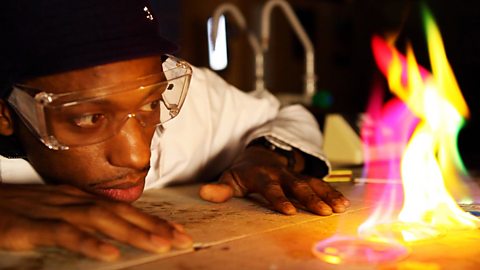
Mankind's first triumphant step off this world.
John Tribe, Apollo Engineer 1965-1972
On 20 July 1969, Apollo 11 astronauts Neil Armstrong and Buzz Aldrin became the first humans to walk on the Moon.
Highlights of our collection of primary and secondary classroom resources include:
- An animated film for primary pupils about Neil Armstrong's journey to the Moon
- A collection of space-themed songs for Early Years and primary pupils
- A guide exploring the secrets and stories behind the Apollo 11 mission
- A mini-documentary about Neil Armstrong for secondary students, presented by Dermot O'Leary.

Primary resources
School Radio - Space. collectionSchool Radio - Space
A collection of audio recordings from the 91Čȱ¬ Sound Archive about the Apollo 11 mission, as reported in the UK.
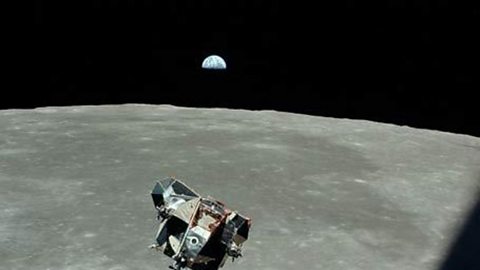
Explorers - Neil Armstrong. videoExplorers - Neil Armstrong
Neil Armstrong's historic voyage to the Moon is explored in this short animated film for primary pupils.
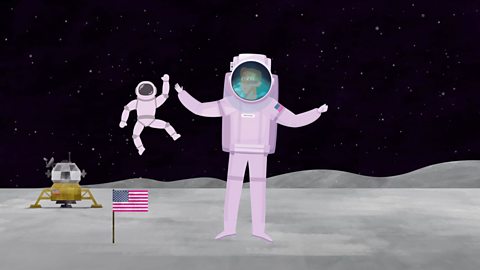
Space, the Planets and Apollo 11. collectionSpace, the Planets and Apollo 11
A collection of songs for Early Years and primary pupils, suitable for celebrating the 50th anniversary of the Apollo 11 mission and the 'one small step' taken by Neil Armstrong on the lunar surface.

Little Stargazing. collectionLittle Stargazing
In this series of short films for primary schools a group of children aged five and six, and their families, marvel at the wonders of space. They meet two astronauts and learn about the phases of the Moon.
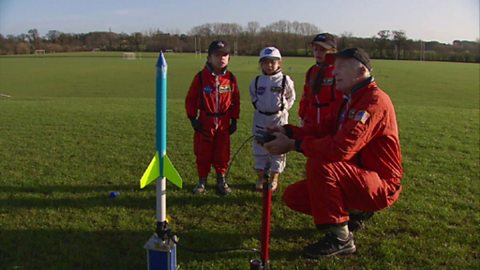
Watch again: Space - Live Lesson. videoWatch again: Space - Live Lesson
This epic interactive lesson was designed to get pupils aged 7-11 starry eyed for World Space Week 2021. World famous physicist Brian Cox, and Grace Webb from Grace’s Amazing Machines were joined by scientist Greg Foot for an epic space experiment, where we discovered how the Moon got its craters by creating a miniature comet in the studio.
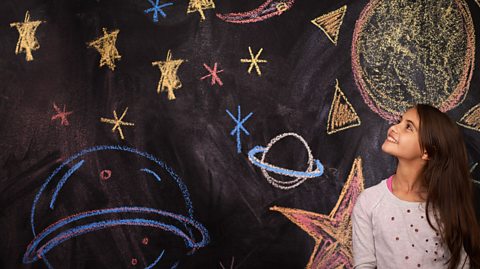
Secondary resources
Neil Armstrong - First person on the Moon. videoNeil Armstrong - First person on the Moon
Dermot O’Leary explains how Neil Armstrong flew planes for the US in the Korean war and as a test pilot before he made history as the first person to walk on the Moon’s surface.
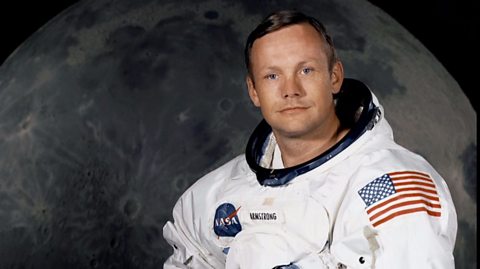
Discover the secrets and stories of Apollo 11. documentDiscover the secrets and stories of Apollo 11
Discover just how close the first Moon landing came to complete disaster with this timeline of the Apollo 11 mission, and meet the people whose bravery and quick thinking saved the day.

Do you have what it takes to be an astronaut? documentDo you have what it takes to be an astronaut?
Try interactive challenges similar to those astronaut Tim Peake had to overcome and find out whether you have the right stuff to become an astronaut.

The Science of a Space Dive. collectionThe Science of a Space Dive
A series of short films that look at the challenges faced by scientists, engineers and doctors ahead of Felix Baumgartner's record-breaking and historic skydive in 2012.
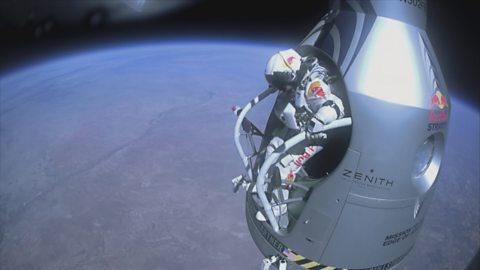
Wonders of the Universe. collectionWonders of the Universe
A series of short films in which Professor Brian Cox explains the science at the heart of the universe.
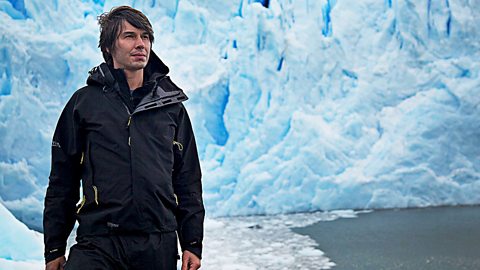
Physics with Tim Peake. collectionPhysics with Tim Peake
Astronaut Tim Peake introduces some handpicked clips from the 91Čȱ¬ archive, perfect for classroom use when studying physics or space science.
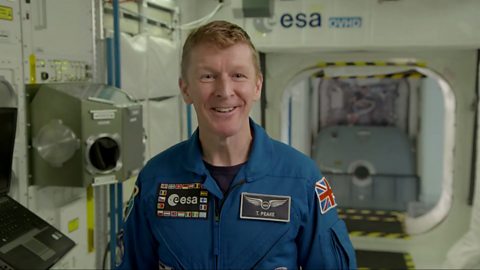
The Royal Institution Christmas Lectures - How to Survive in Space. collectionThe Royal Institution Christmas Lectures - How to Survive in Space
From the historic Royal Institution, space doctor Kevin Fong takes us on a ride from launch to orbit and the cosmos beyond for the annual children's Christmas Lectures.
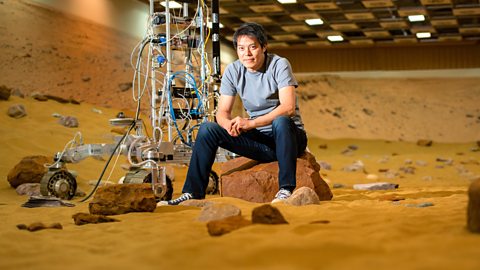
Space Science Bites. collectionSpace Science Bites
In this series of short films, Jon Chase brings alive the subject of space science with fun and engaging demonstrations.
